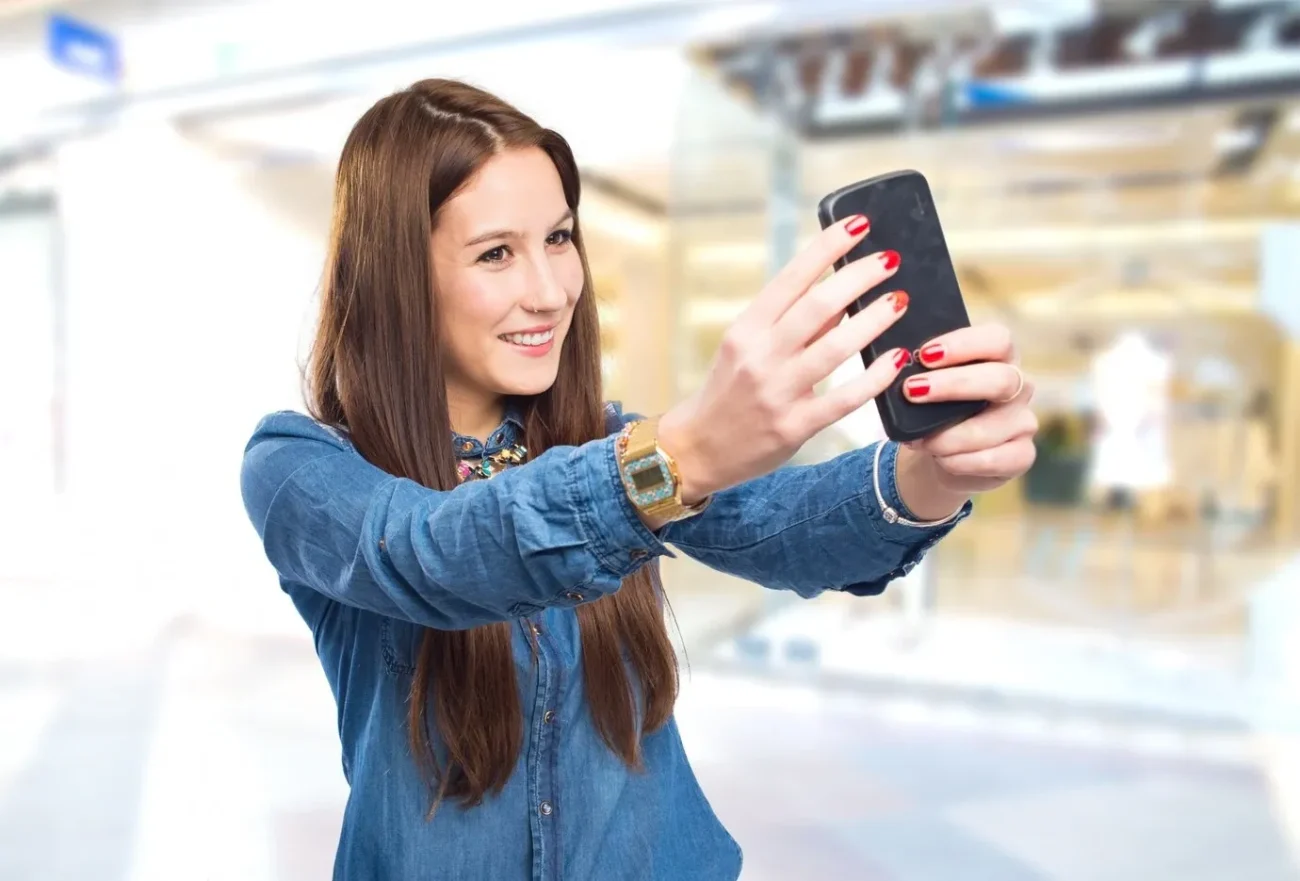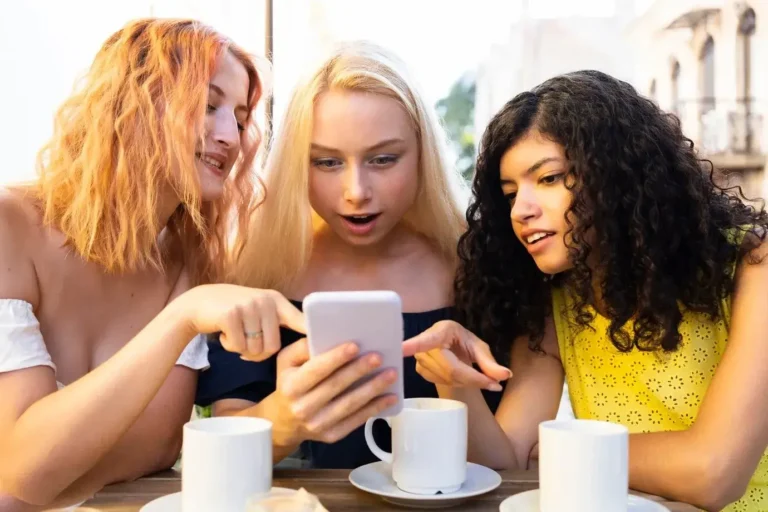Remember the days when a grainy phone picture was enhanced by a simple “Valencia” filter? Instagram filters have come a long way, transforming from basic color tweaks to mind-bending augmented reality (AR) experiences. This journey unveils how technology has not only revolutionized photo editing but also redefined the way we express ourselves visually on social media.
Early Days of Instagram Filters
In the early days of Instagram, simplicity was key. Users were drawn to the platform’s straightforward approach to photo sharing. As the user base grew, so did the demand for more creative expression. This led to the introduction of basic photo editing tools, allowing users to add filters, tweak brightness, and experiment with vignettes.
The initial set of Instagram filters, including classics like Valencia and X-Pro II, quickly gained popularity. Users embraced these filters for their ability to effortlessly enhance photos and give them a distinct, polished appearance. The platform’s aesthetic took a leap forward as users began to curate visually cohesive feeds, showcasing their moments with newfound flair.
The introduction of filters marked a pivotal moment in Instagram’s evolution, transforming it from a simple photo-sharing app into a creative space. Users found joy in the ability to infuse their snapshots with personality, setting the stage for the platform’s ongoing journey into the realms of advanced editing and, eventually, augmented reality effects.
The Transition to Advanced Filters
As Instagram’s user base expanded, so did the diversity of creative preferences. Users clamored for more customization options to elevate their content. Instagram responded by introducing advanced editing tools within the app. This marked a significant shift from the basic filters of yesteryears, as users could now exercise greater control over their photos.
Integration of Third-Party Filter Apps
In tandem with in-app advancements, Instagram embraced collaboration with third-party filter apps. This strategic move opened up a vast array of creative possibilities. Users could explore a multitude of filters beyond the platform’s native offerings, further personalizing their content. The integration of third-party apps ushered in an era of experimentation, where Instagram became a playground for diverse visual expressions.
Rise of Augmented Reality (AR) Effects
The evolution of Instagram filters reached new heights with the introduction of Augmented Reality (AR) effects. This transformative phase brought about engaging and interactive elements, reshaping the way users experienced visual content.
Introduction of AR Technology on Instagram
- Immersive Experiences: AR effects revolutionized user engagement by introducing immersive experiences within the platform.
- Dynamic Filters: Users now had access to dynamic filters that responded to movements, adding an extra layer of fun to content creation.
- Virtual Overlays: AR technology allowed virtual overlays, enabling users to integrate digital elements seamlessly into their real-world surroundings.
Collaboration with AR Creators and Artists
- Diverse Artistic Contributions: Instagram collaborated with AR creators and artists, diversifying the range of available effects.
- Innovative Visual Concepts: AR creators brought innovative visual concepts, expanding the horizons of what users could incorporate into their photos and videos.
- Exclusive AR Libraries: The collaboration resulted in exclusive AR libraries, giving users access to cutting-edge effects that reflected the latest trends.
User Engagement and Interactive Filters
- Boosted Interactivity: AR effects enhanced user engagement by providing interactive filters that responded to user actions.
- Social Sharing of AR Creations: Users were encouraged to share their AR creations, fostering a sense of community and creativity.
- Viral AR Challenges: The interactive nature of AR effects spawned viral challenges, further fueling user participation and content creation.
The rise of AR effects not only elevated the visual aesthetics of Instagram but also turned the platform into a dynamic, interactive space where users could unleash their creativity in unprecedented ways. This era marked a pinnacle in the evolution of Instagram filters, setting the stage for further advancements and innovation.
Customization and Personalization
To understand the profound impact of customization and personalization on Instagram, let’s delve into the ways users have embraced these features. The following table provides a snapshot of key aspects in this evolution:
| Aspect | Customization Features | User Impact |
| DIY Filters | Creation of personalized filters | Empowered users to define their visual style |
| User-Generated Content | Shared creations within the community | Fostered a sense of collaboration and community |
| Impact on Experience | Enhanced individualized engagement | Transformed the way users interacted with content |
- DIY Filters and User-Created Content:
- Instagram encouraged users to go beyond pre-set filters by introducing DIY features.
- Users could create personalized filters, reflecting their unique aesthetics and preferences.
- Community Collaboration:
- User-generated content became a cornerstone of Instagram’s identity.
- The platform evolved into a space where users shared their creations, fostering a sense of community.
- Impact on User Experience:
- Personalized content elevated individualized engagement, making the platform more tailored to user preferences.
- Instagram became a canvas for self-expression, reflecting the diverse tastes and styles of its user base.
The emphasis on customization and personalization not only empowered users to shape their visual narratives but also contributed to the vibrant and diverse content ecosystem that defines Instagram today.
The Influence on Social Media Culture
The evolution of Instagram filters has been more than just a visual enhancement; it’s a cultural phenomenon that has significantly shaped the landscape of social media. Let’s explore the profound influence these filters have had on social media culture:
- Shaping Visual Trends on Instagram:
- Filters pioneered visual trends, setting the tone for the entire platform.
- The popularity of specific filters often dictated the prevailing aesthetic, influencing how users curated their content.
- Impact on User-Generated Content:
- Users began tailoring their content to align with popular filter aesthetics.
- This cultural shift led to the rise of cohesive, theme-based feeds, fostering a visually unified Instagram experience.
- Instagram as a Platform for Artistic Expression:
- Filters turned Instagram into a canvas for artistic expression.
- Users, previously limited by the constraints of traditional photography, found a new medium for creativity through filter-enhanced visuals.
- Diversity in Visual Narratives:
- The wide array of available filters allowed users to diversify their visual narratives.
- Social media culture embraced inclusivity as users from different backgrounds expressed themselves through unique filter choices.
- Influence on Digital Communication:
- Filters became a form of digital communication, conveying emotions and moods visually.
- Emoji-like shorthand for feelings emerged, with certain filters symbolizing joy, nostalgia, or even sarcasm.
- Impact on Branding and Marketing:
- Influencers and brands leveraged popular filter aesthetics to create a cohesive brand identity.
- Filters became a marketing tool, contributing to the recognizable visual language associated with various influencers and businesses.
The influence of Instagram filters on social media culture transcends mere photo enhancement; it has become an integral part of digital expression and communication. This cultural shift has not only affected how individuals present themselves online but has also shaped the strategies of brands and influencers navigating the dynamic landscape of social media.



